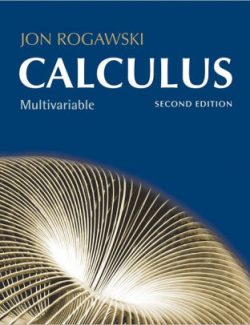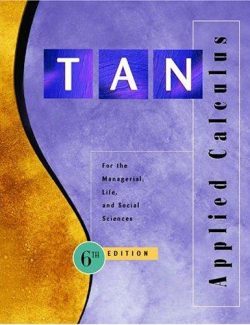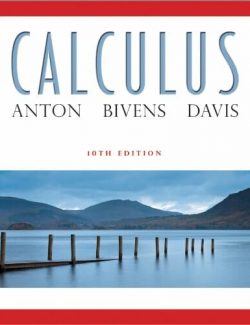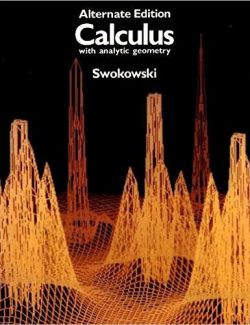Description
What’s the ideal balance? How can you make sure students get both the computational skills they need and a deep understanding of the significance of what they are learning? With your teaching—supported by Rogawski’s Calculus Second Edition—the most successful new calculus text in 25 years!
Widely adopted in its first edition, Rogawski’s Calculus worked for instructors and students by balancing formal precision with a guiding conceptual focus. Rogawski engages students while reinforcing the relevance of calculus to their lives and future studies. Precise mathematics, vivid examples, colorful graphics, intuitive explanations, and extraordinary problem sets all work together to help students grasp a deeper understanding of calculus.
Now Rogawski’s Calculus success continues in a meticulously updated new edition. Revised in response to user feedback and classroom experiences, the new edition provides an even smoother teaching and learning experience.












Leave us a comment
No Comments